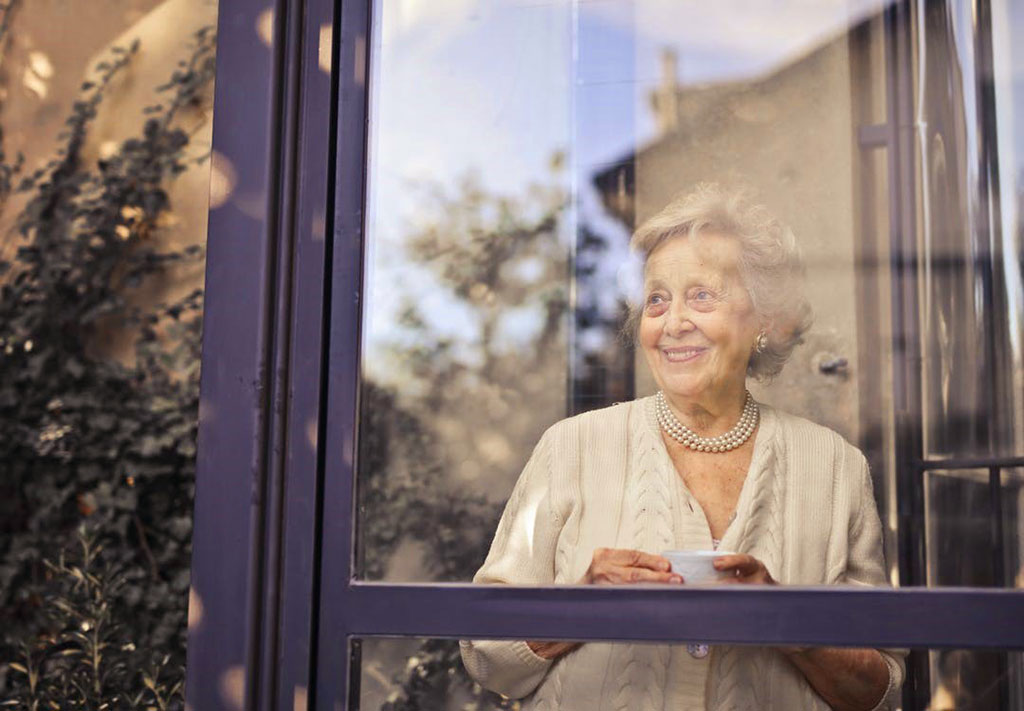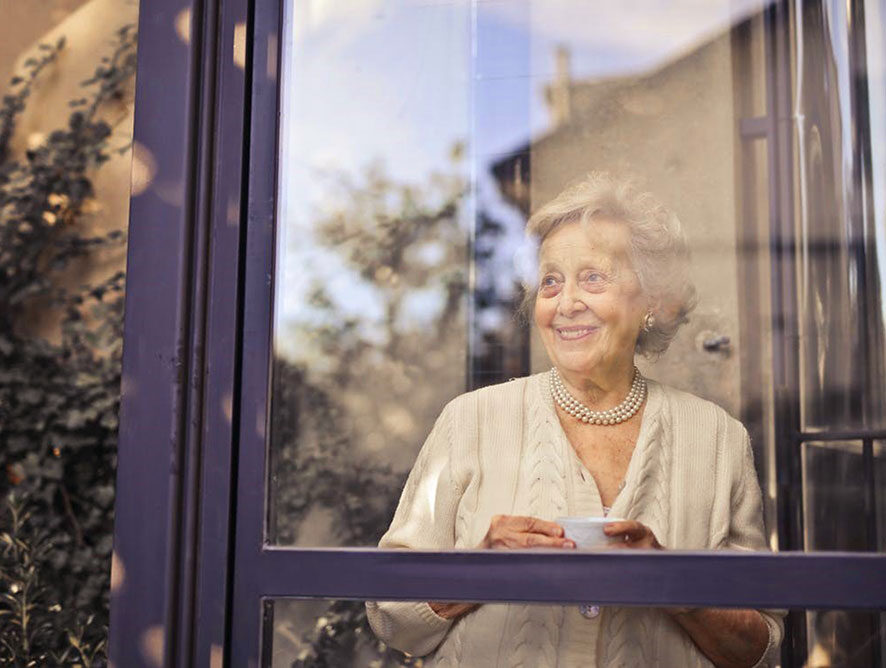
It was inevitable, but heartbreaking nonetheless. My mother-in-law who I deeply care for was officially diagnosed with Alzheimer’s disease. It has been a decline ever since then. The adjustment that my father-in-law, my now husband, and my brothers-in-law to navigate the responsibilities needed to care for her is fascinating and also sad to watch. It gave me a glimpse of how elder care works here in Canada and there were information gaps that I did not even know about.
First, is about resources to support families who have loved ones with Alzheimer’s. I am so grateful that there were information resources and workshops available for family members. My brother-in-law, the planner and organizer type, found a 6-week workshop series for family members, broken down into focus topics. My husband and brother-in-law went together to learn and it proved to be beneficial for all of us.
Second, I learned so many new things about our Health Care system and how Elder Care is integrated into it. It was already during the pandemic when we had to call 911 because of a medical distress situation that my mother-in-law had. It was not until then that the topic of Home Care Facilities was discussed.
The first time the concept of facilities for seniors came to my mind was when I was in Grade four, back in the Philippines. In our Reading (English) class, I remember reading a story which frankly, made me scared about these seemingly horrible things called the Home for The Aged. The story I read was about a girl who was being disrespectful, mean, and disobedient towards her parents. Then, she had a dream that because of her behaviour, her own adult children and grandchildren didn’t want to be around her, so she was moved out of the family home to the Home for the Aged to live alone and suffer.
It seemed like the moral of the story is to be kind and respectful to family, so that you won’t end up being miserable and alone. And also, that being placed in a facility called home for the aged is the worst thing that can happen to you. It is something that I have internalized until coming to Canada.
Being in Canada challenged that viewpoint. I have volunteered and did a school practicum project at a senior’s home, so I got to see firsthand how they operate. I will not deny that for the residents who don’t get visits from their family members, that it feels heartbreaking. However, the built-in support from the staff and other residents can be a source of community.
In my mother-in-law’s case, doing the round-the-clock care for someone who is unable to walk, struggles with eating and using the bathroom became too much to bear. It was during the pandemic, in September 2020, when she was moved to a Long Term Care facility. I was scared because I kept hearing that so many COVID cases are from such facilities.
To our great relief, her facility seems to be one of the few ones with very minimal cases, only one or two at a time, and are swiftly contained and mitigated. Now, we have a new weekly routine. My father-in-law would go visit her in person, turn on the Ipad we left in her room, and arrange a Zoom call with me, my husband, and my two brothers-in-law. It became a routine that gives us a sense of structure and something I now look forward to.
The final thing I am starting to pay attention to is government and policy. Senior care is part of healthcare so it is predominantly a responsibility of the provincial government. However, there is a city councillor assigned to pay attention to how municipal services affects seniors. As our senior population continues to increase, this is something that all of us, no matter our age, should proactively look after.


